Halloween, stemming from the ancient Celtic festival of Samhain, marks the boundary between the living and the dead. Although widely celebrated in America with costumes and trick-or-treating, Halloween is one of many global traditions that honor the dead. Different cultures worldwide have their unique ways of celebrating Halloween.
We researched various online forums to create a list of the 12 weirdest Halloween traditions across the world.
La Castanyada
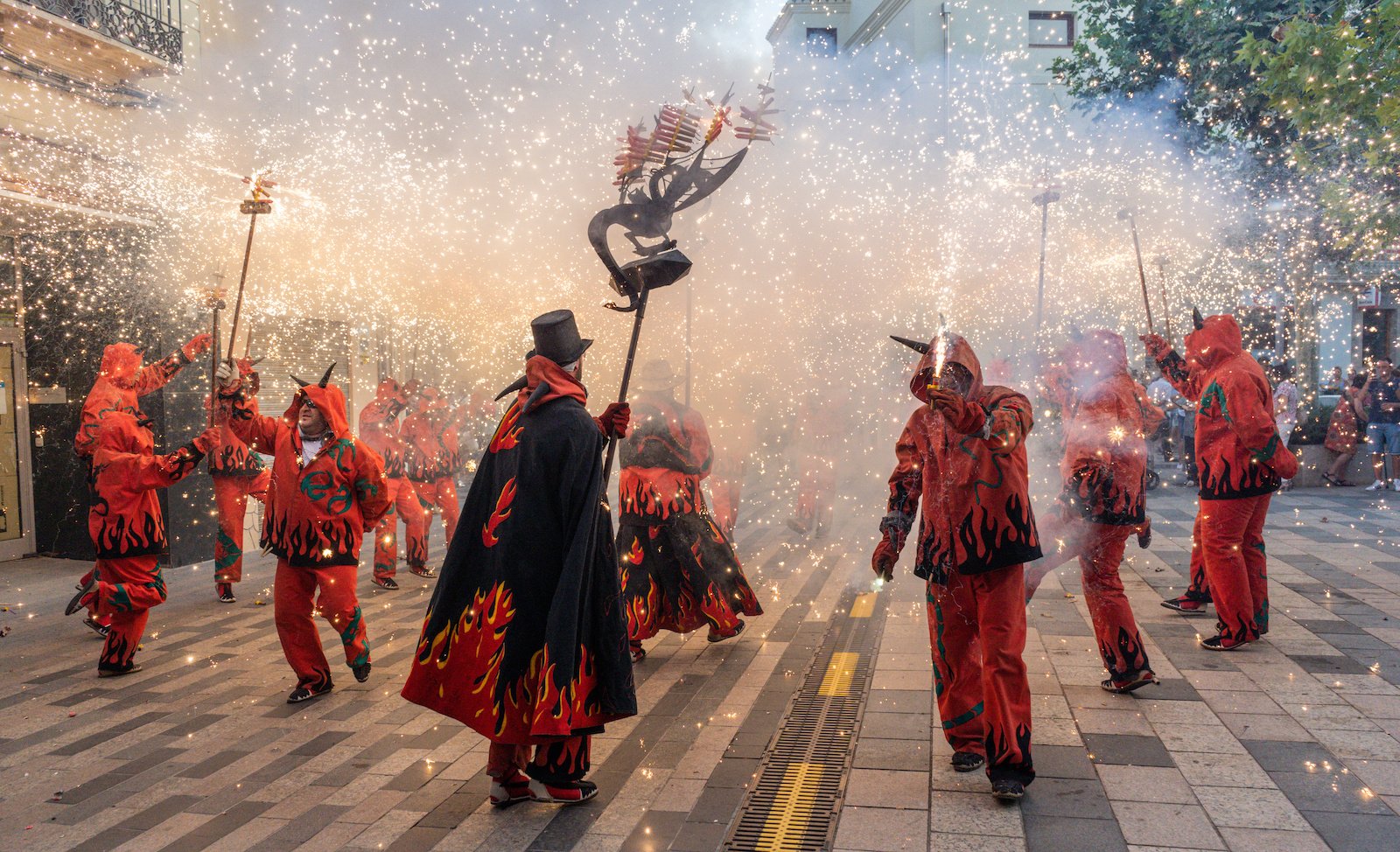
In Catalonia, Spain, Halloween isn’t just about ghosts and goblins. It’s also about chestnuts. Celebrated on October 31st or November 1st, La Castanyada is about families gathering to eat roasted chestnuts, sweet potatoes, and panellets. The tradition is linked to honoring the dead, as it is believed that the noise made by roasting chestnuts helps to keep spirits away. This celebration often includes going to the cemetery to clean and decorate the graves of your family and friends.
Dia das Bruxas Traditions
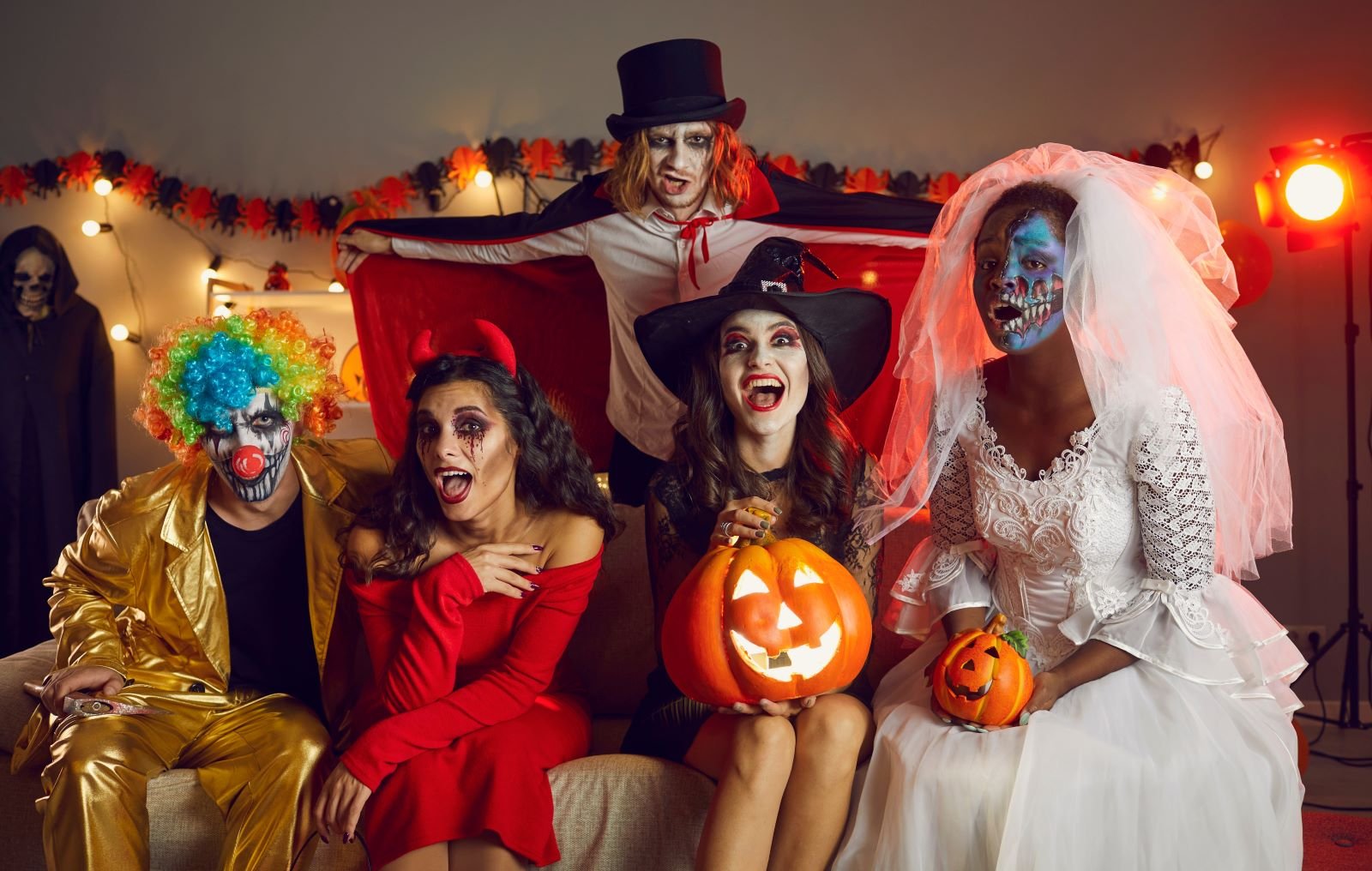
In Portugal, Halloween, known as “Dia das Bruxas” (Witches’ Day), is celebrated with a peculiar tradition where children go door-to-door in a custom called “Pão-por-Deus” (Bread for God). Similar to trick-or-treating, kids receive cakes, nuts, and candies. However, they sometimes also receive pomegranates, symbolizing the cycle of life and death. This custom blends the spooky elements of Halloween with deeply rooted cultural rituals, making it a unique holiday celebration.
Seelenwoche

In Austria, Halloween kicks off Seelenwoche, or “All Souls’ Week.” During this time, it’s customary to leave bread, water, and a lit lamp on the table before sleeping. These offerings are meant to welcome the spirits of deceased loved ones who are believed to visit during this week. The tradition emphasizes remembering and honoring the dead rather than fearing them.
Día de los Muertos

Mexico’s Día de los Muertos, or Day of the Dead, is a vibrant celebration that honors deceased family members. Although it takes place on November 1st and 2nd, the spirit of Halloween is very much alive in this tradition. You might build altars at home and in cemeteries adorned with marigolds, candles, and photos of the deceased. Families gather to share food, music, and stories, believing spirits return to enjoy the offerings.
Snap-Apple
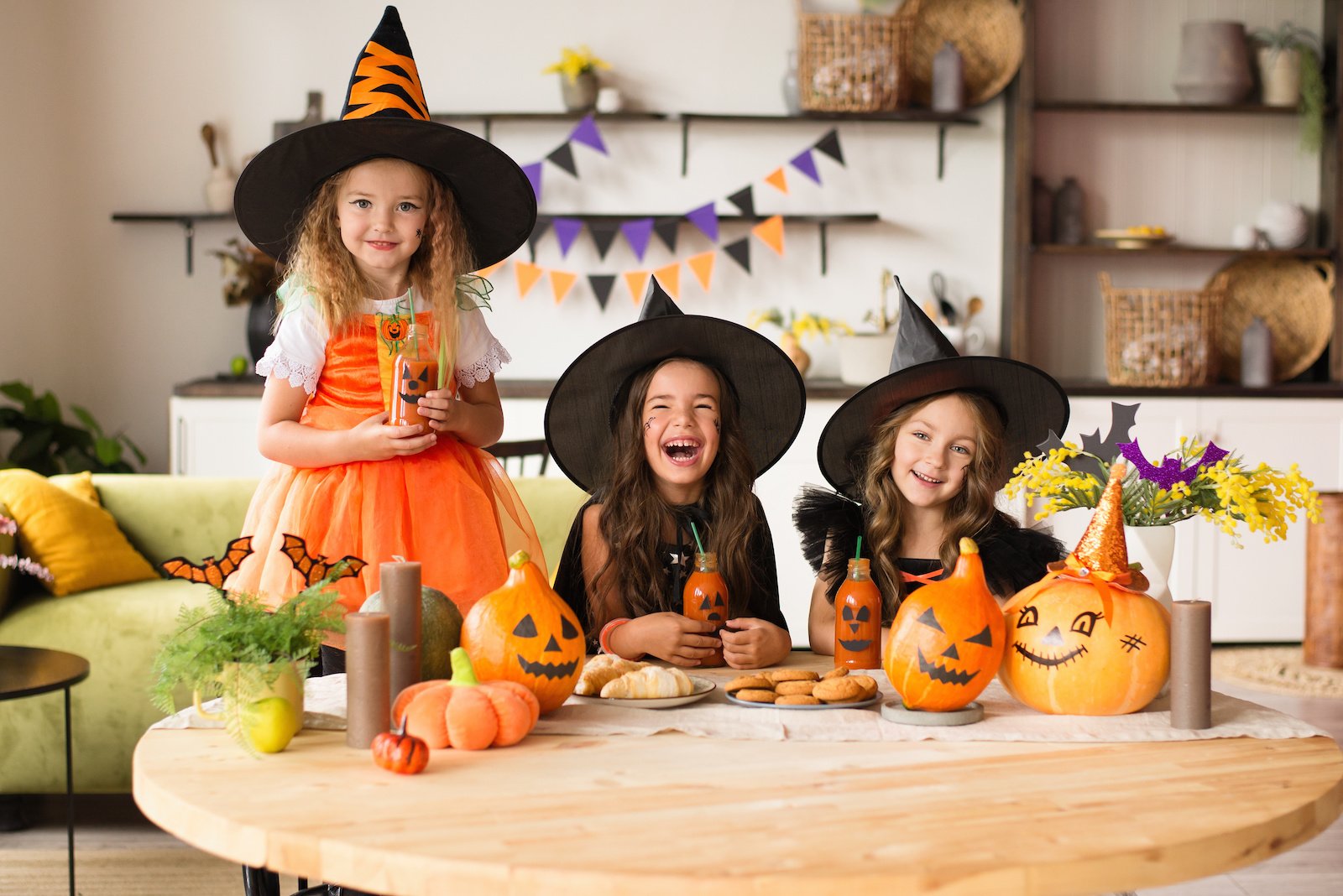
If you were celebrating Halloween in Ireland, you’d probably play Snap-Apple. In this game, an apple is suspended from a string, and participants try to bite it without using their hands. It’s a fun, family-friendly game often played at Halloween parties. The tradition is said to bring good luck and fortune to the person who successfully bites the apple.
Ognissanti
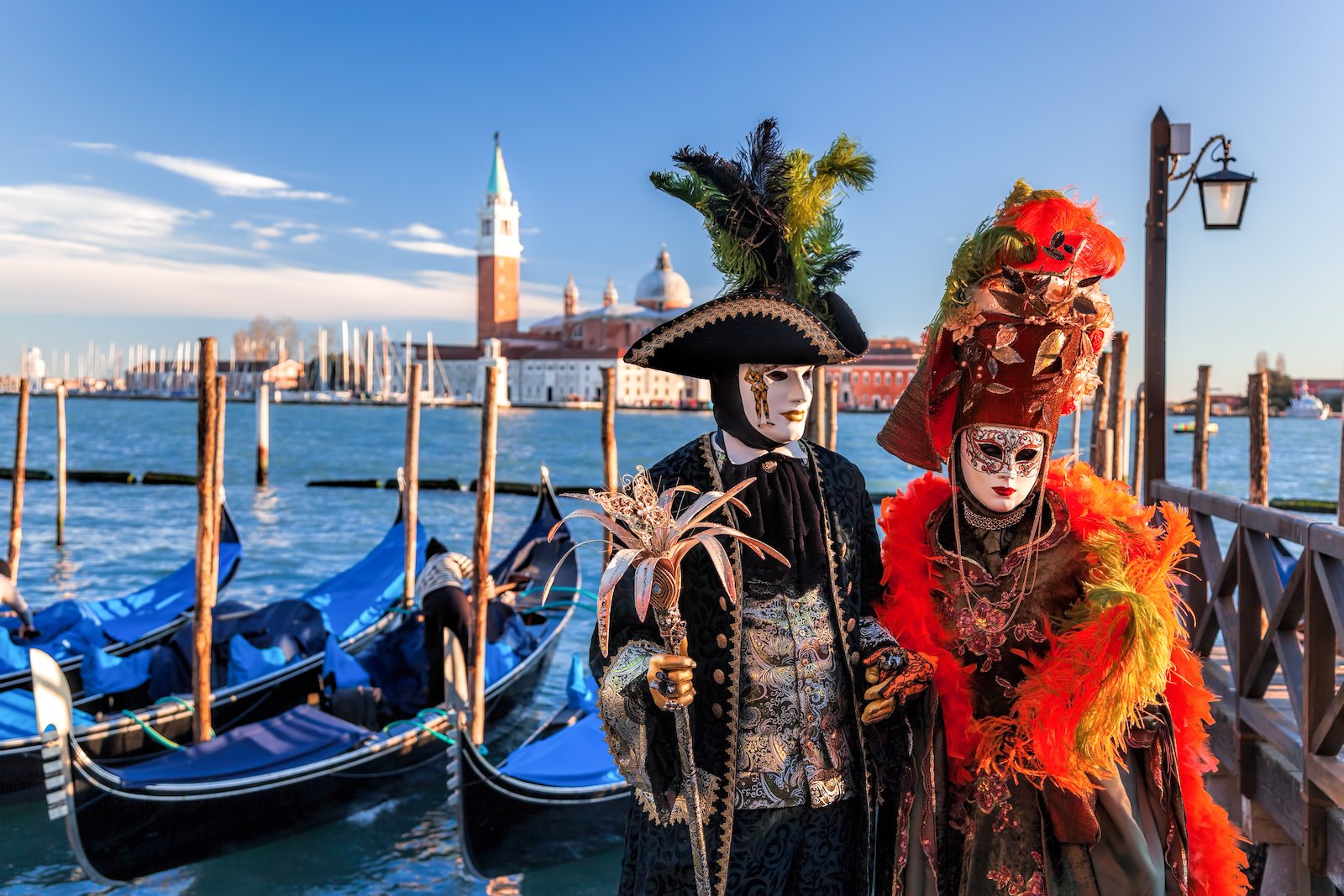
In Italy, Halloween is closely linked to the religious festival of Ognissanti, or All Saints’ Day, celebrated on November 1st. On the night of October 31st, Italians traditionally leave a place at the dinner table for deceased relatives. You can visit cemeteries to clean and decorate graves. This tradition is less about costumes and trick-or-treating and more about honoring the memory of those who have passed away.
Pangangaluluwa
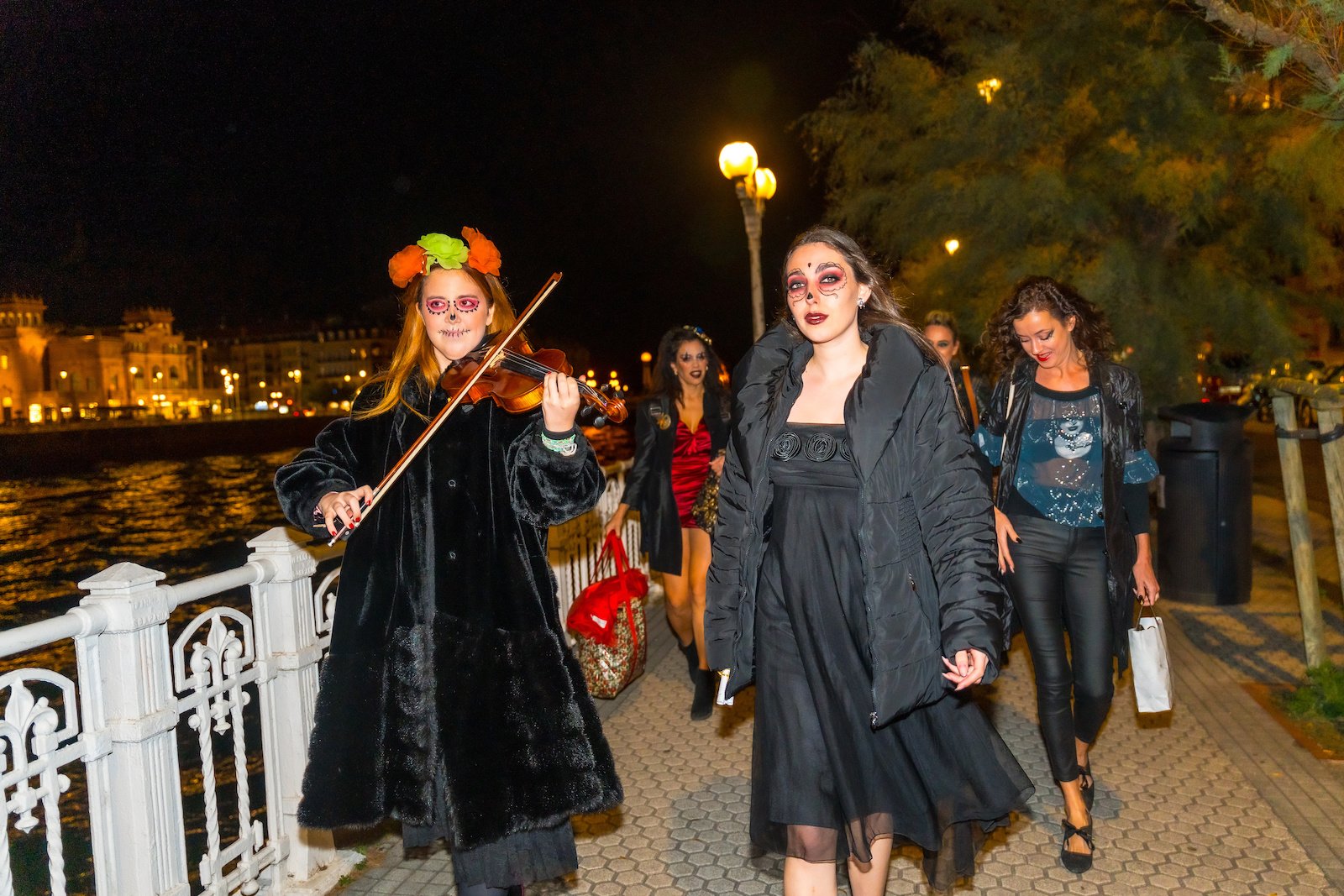
In the Philippines, Halloween is celebrated with Pangangaluluwa. In this tradition, people go from house to house in ghoulish makeup, singing songs and asking for prayers for those in purgatory. In return, they are kakanin or rice cakes. This practice is similar to caroling but focuses on honoring the dead. Pangangaluluwa is a way for communities to unite, remembering the ones who have passed away.
Halloween at Dracula’s Castle

Bran Castle, often called “Dracula’s Castle,” is a popular destination for Halloween celebrations. You can tour the castle, visit the haunted house, attend themed parties, and even participate in ghost hunts. The connection to the Dracula legend adds an extra layer of spookiness to the Halloween festivities in Romania. Visitors are often captivated by the castle’s gothic architecture and eerie ambiance, which enhance the overall experience. Additionally, the surrounding Transylvanian landscape adds to the castle’s mysterious allure, making it a must-visit for fans of the supernatural.
Chuseok

In South Korea, Halloween coincides with Chuseok, a major harvest festival similar to Thanksgiving. During Chuseok, families gather to honor their ancestors by visiting their graves and offering food and drink offerings. While it’s not a traditional Halloween celebration, the focus on honoring the dead aligns with the spirit of Halloween. Some urban areas also hold Halloween parties and events, blending Western traditions with local customs.
Pchum Ben
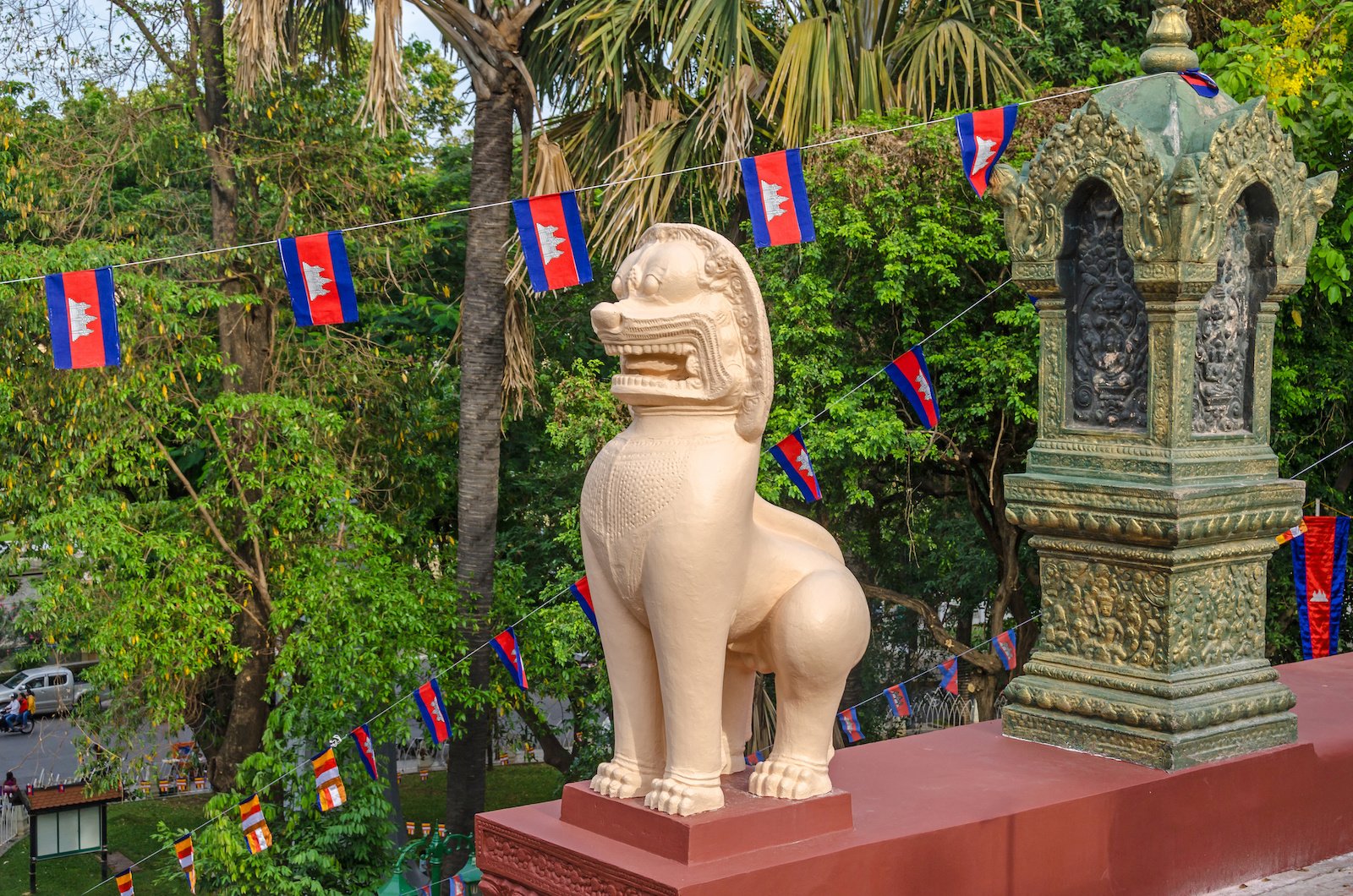
Pchum Ben is a Cambodian festival that shares similarities with Halloween. During this 15-day festival, Cambodians honor their ancestors by visiting temples, offering food, and performing rituals. The belief is that during Pchum Ben, the gates of the afterlife open, allowing spirits to see the living. While not directly related to Halloween, the focus on honoring the dead and the link to the supernatural makes Pchum Ben a fascinating counterpart to Halloween.
Fèt Gede
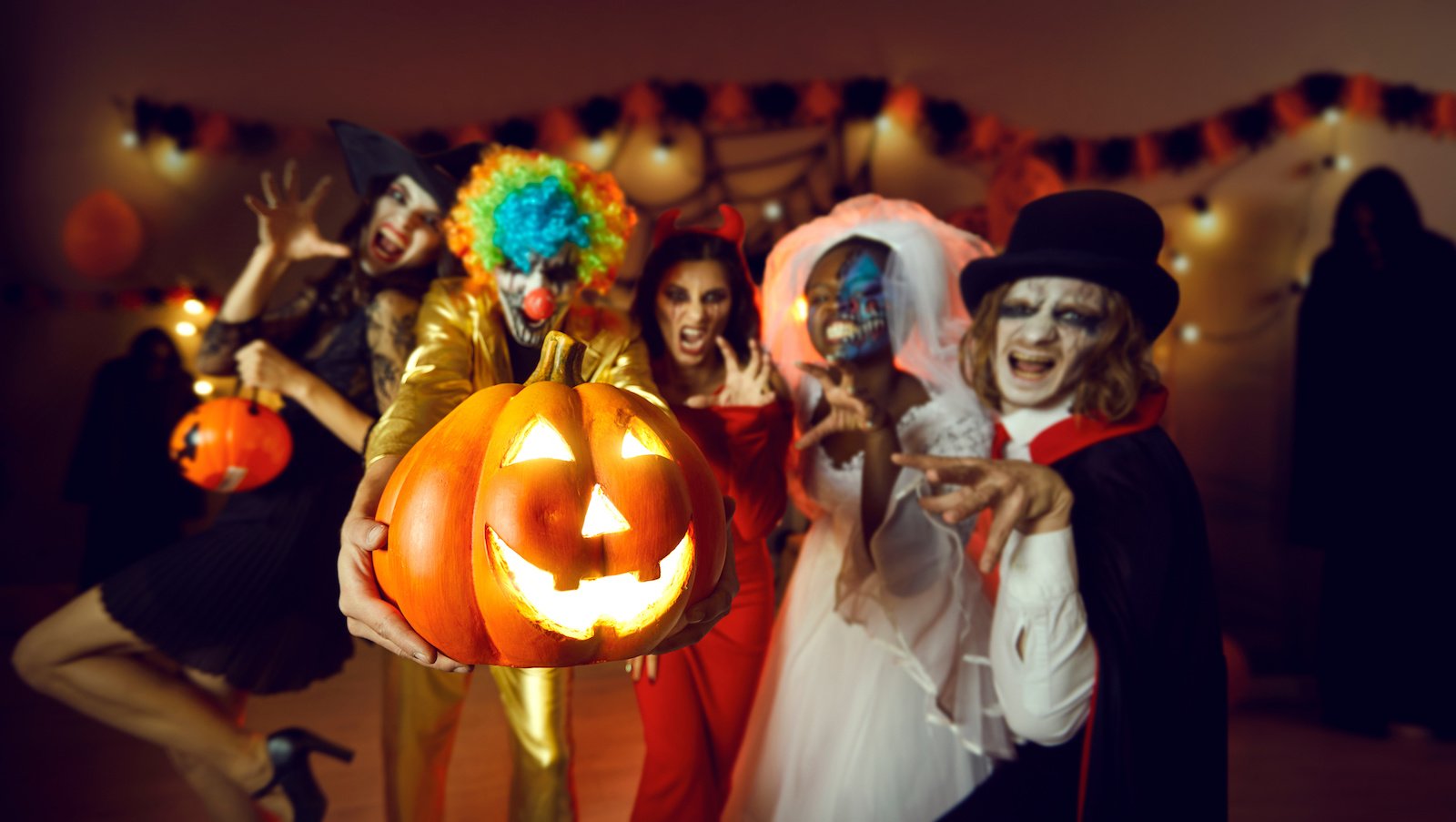
In Haiti, Fèt Gede is a celebration that honors the spirits of the dead. This festival takes place in early November and is deeply rooted in Voodoo traditions. You can dress in black and purple, the colors associated with death, and visit cemeteries to offer food, drink, and prayers to the spirits. The celebration is lively, with music, dancing, and rituals that reflect Haiti’s unique cultural blend of African, Catholic, and indigenous influences.
Samhain
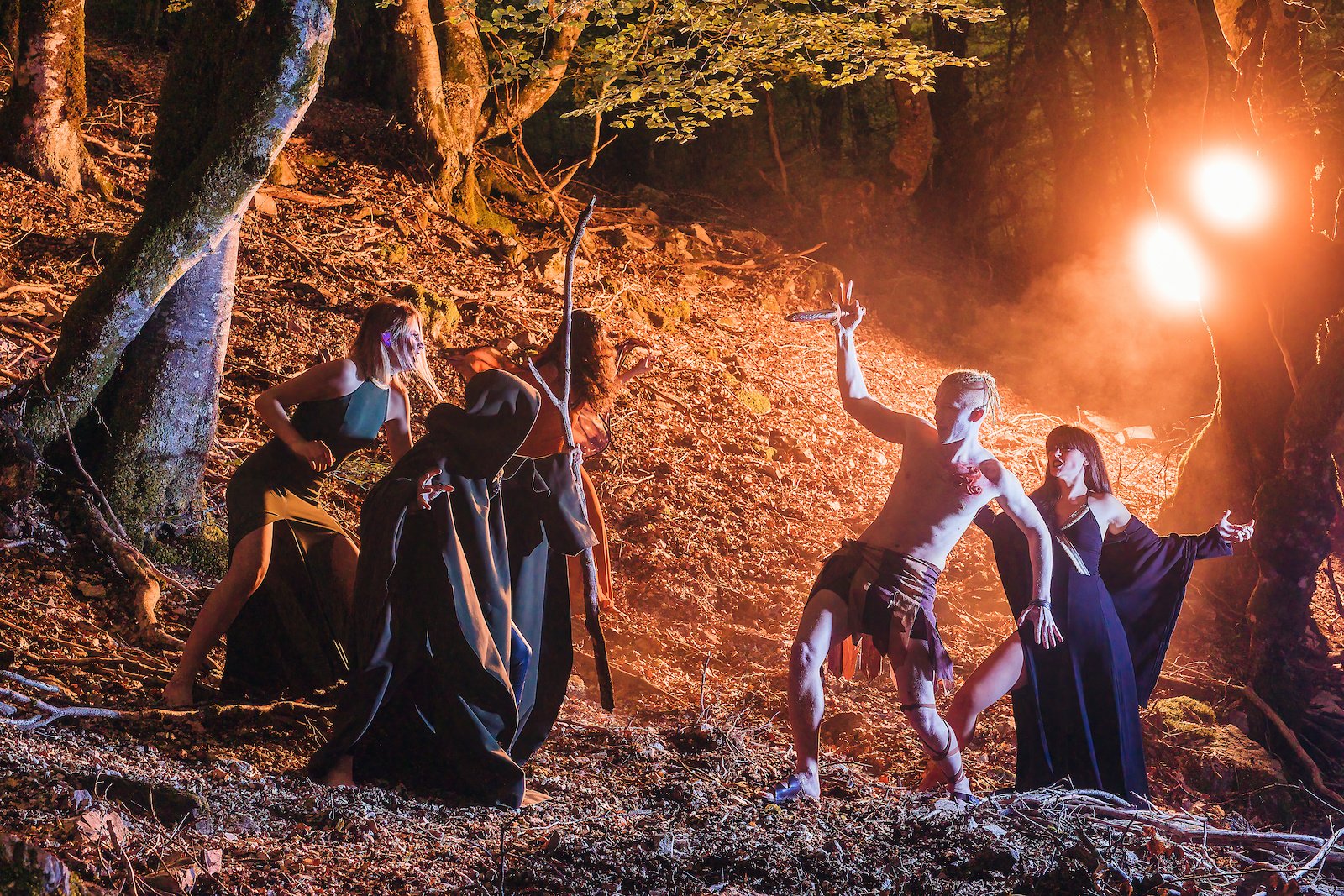
Scotland’s Samhain is one of the oldest Halloween traditions, dating back to the Celtic festival of the same name. Samhain marks the start of winter and the end of the harvest season. It’s believed that during this time, the veil between the living and the dead is at its thinnest, allowing spirits to cross over. Modern-day Samhain celebrations in Scotland include bonfires, storytelling, and dressing up in costumes to ward off evil spirits.


